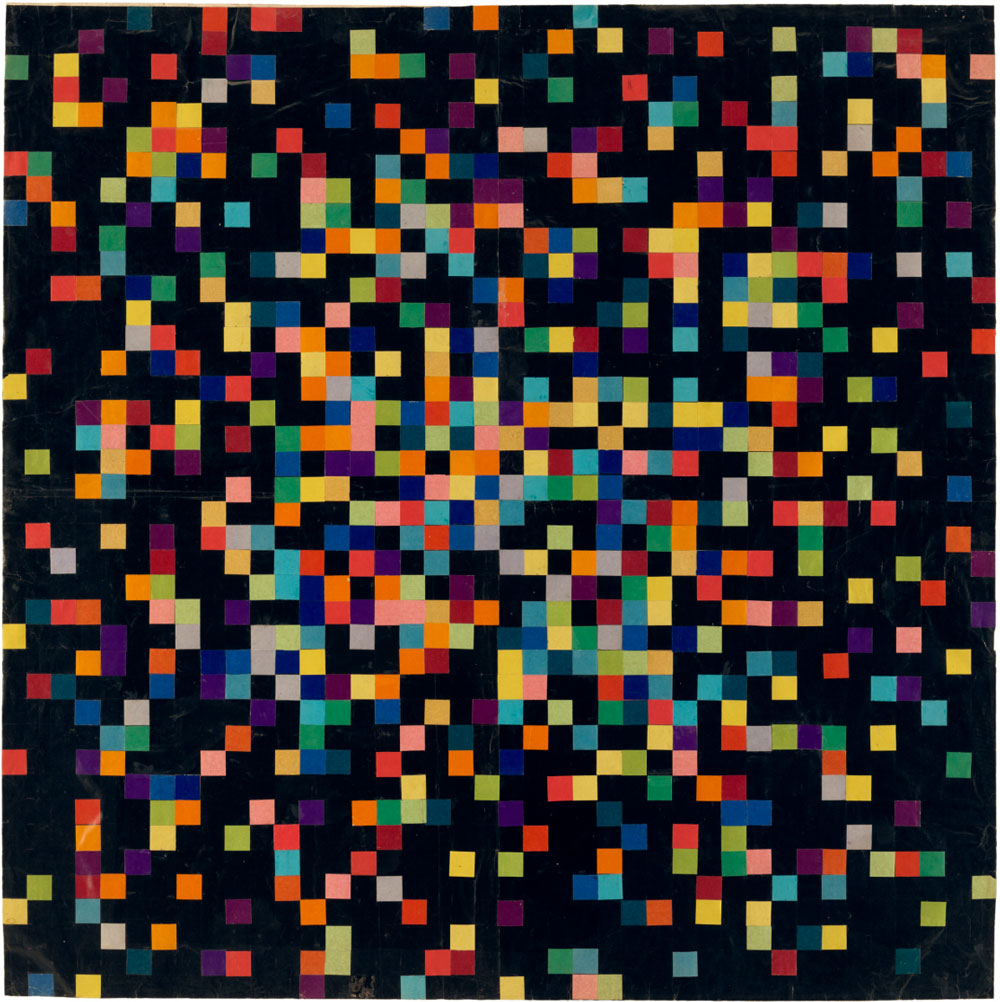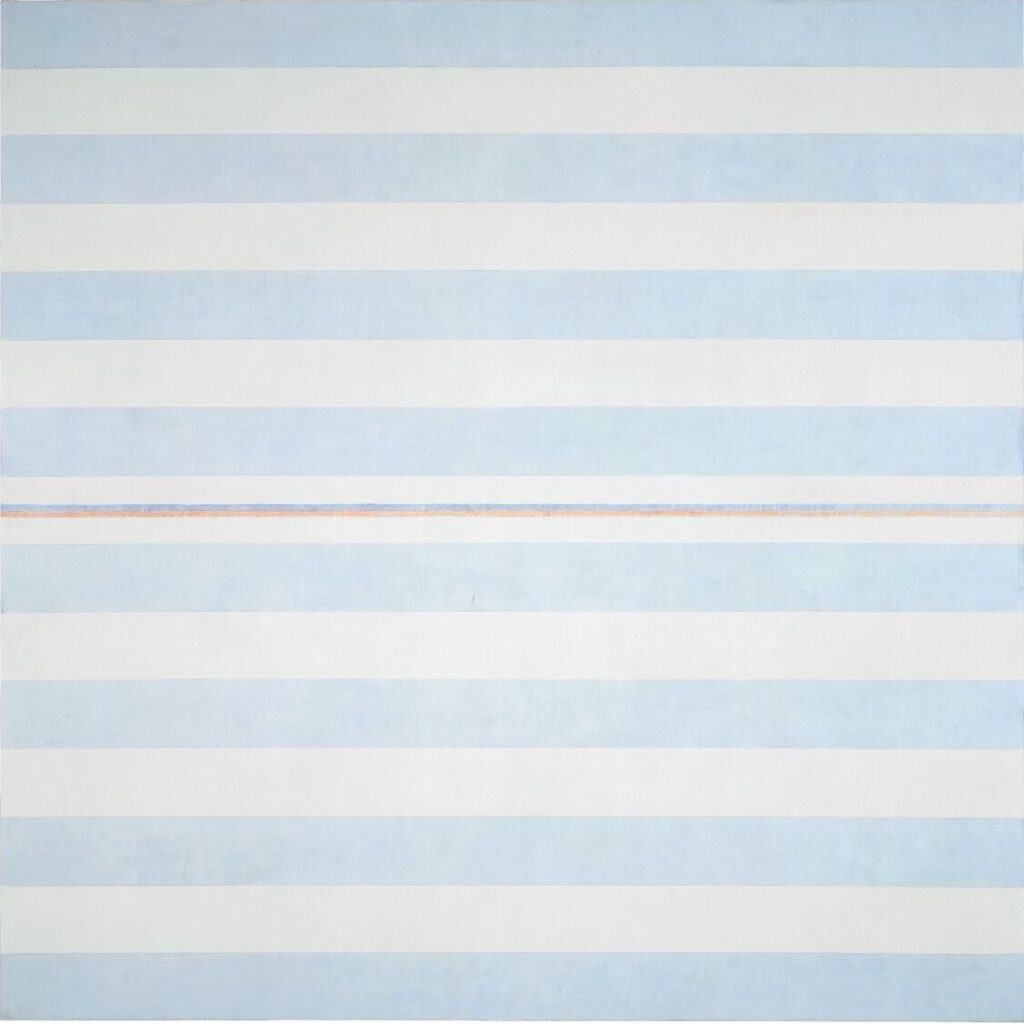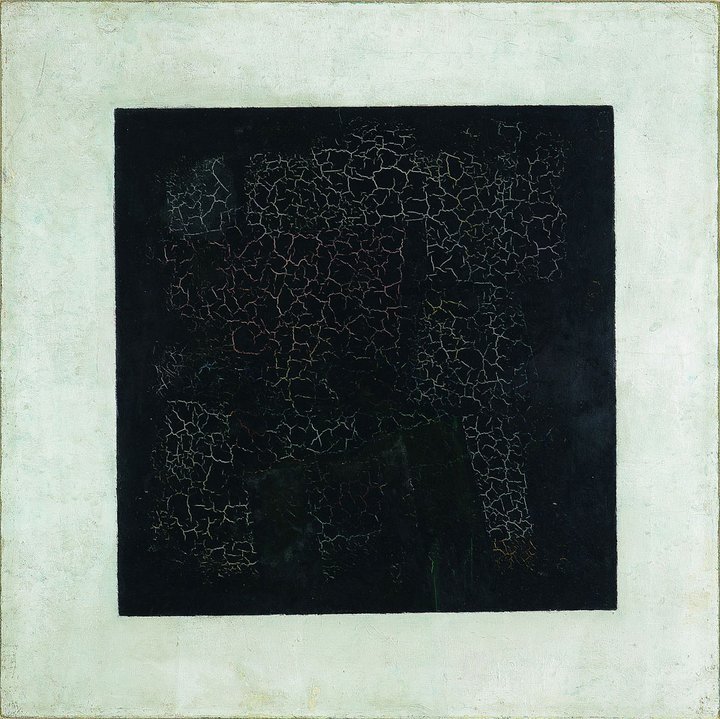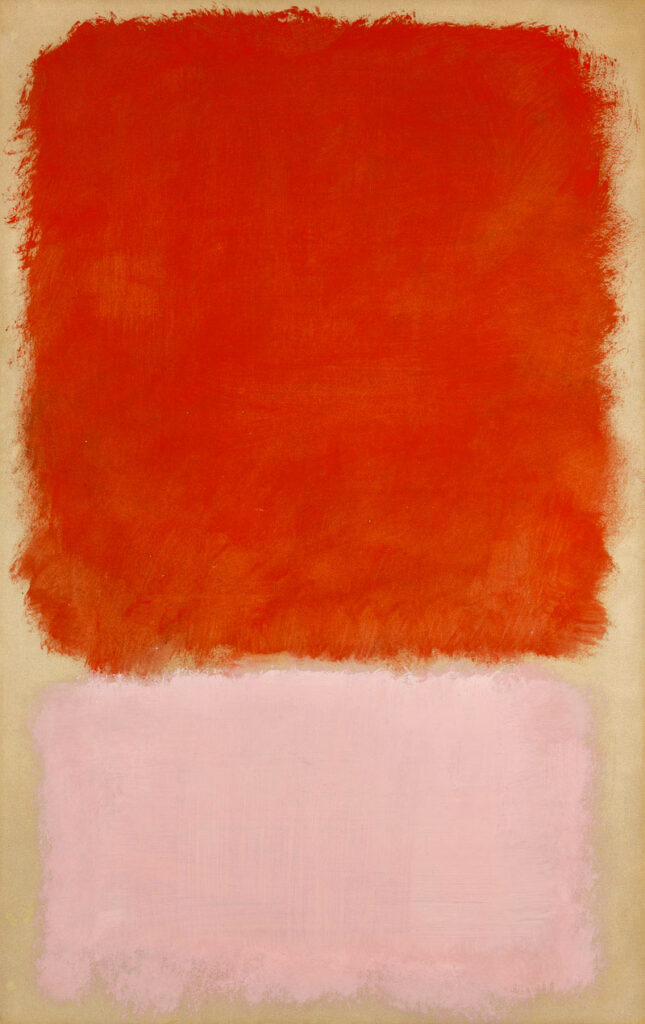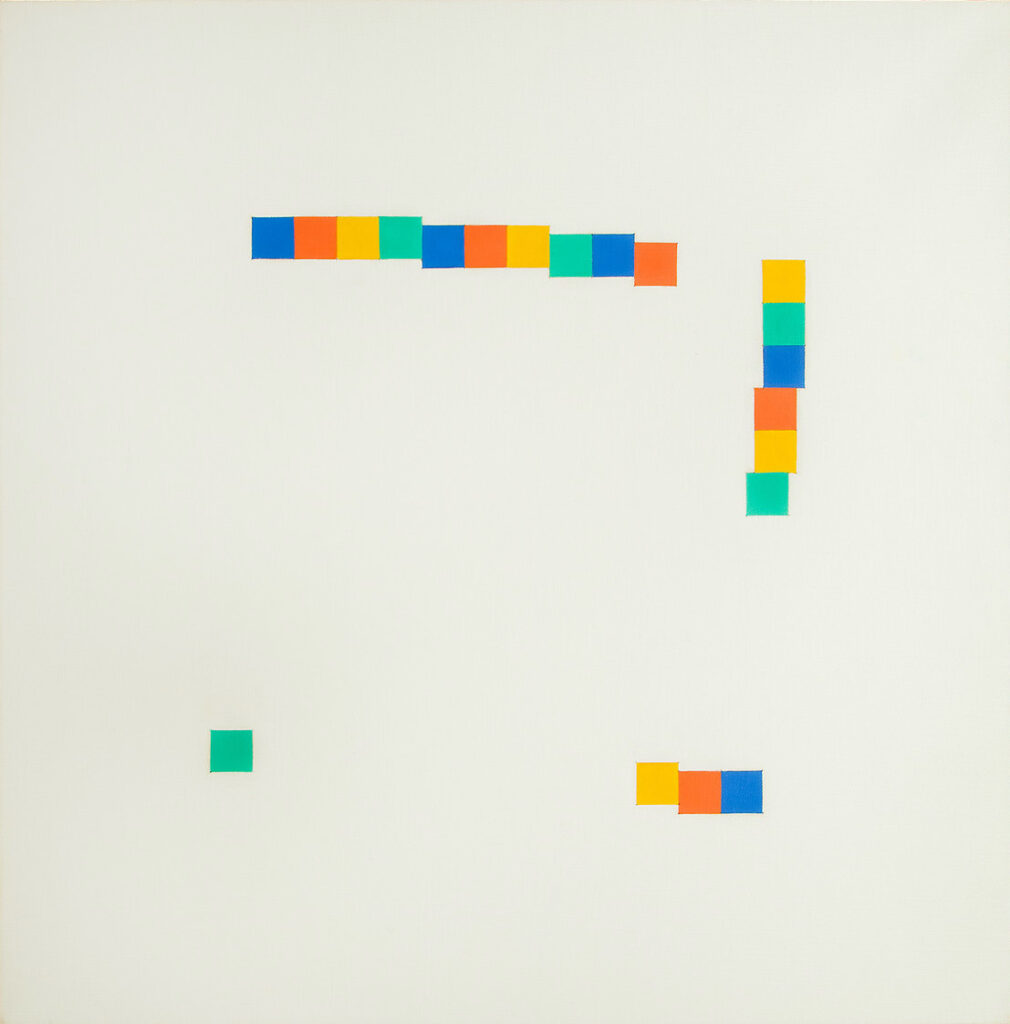“Every true artist has been inspired more by the beauty of lines and color and the relationships between them than by the concrete subject of the picture.”
— Piet Mondrian
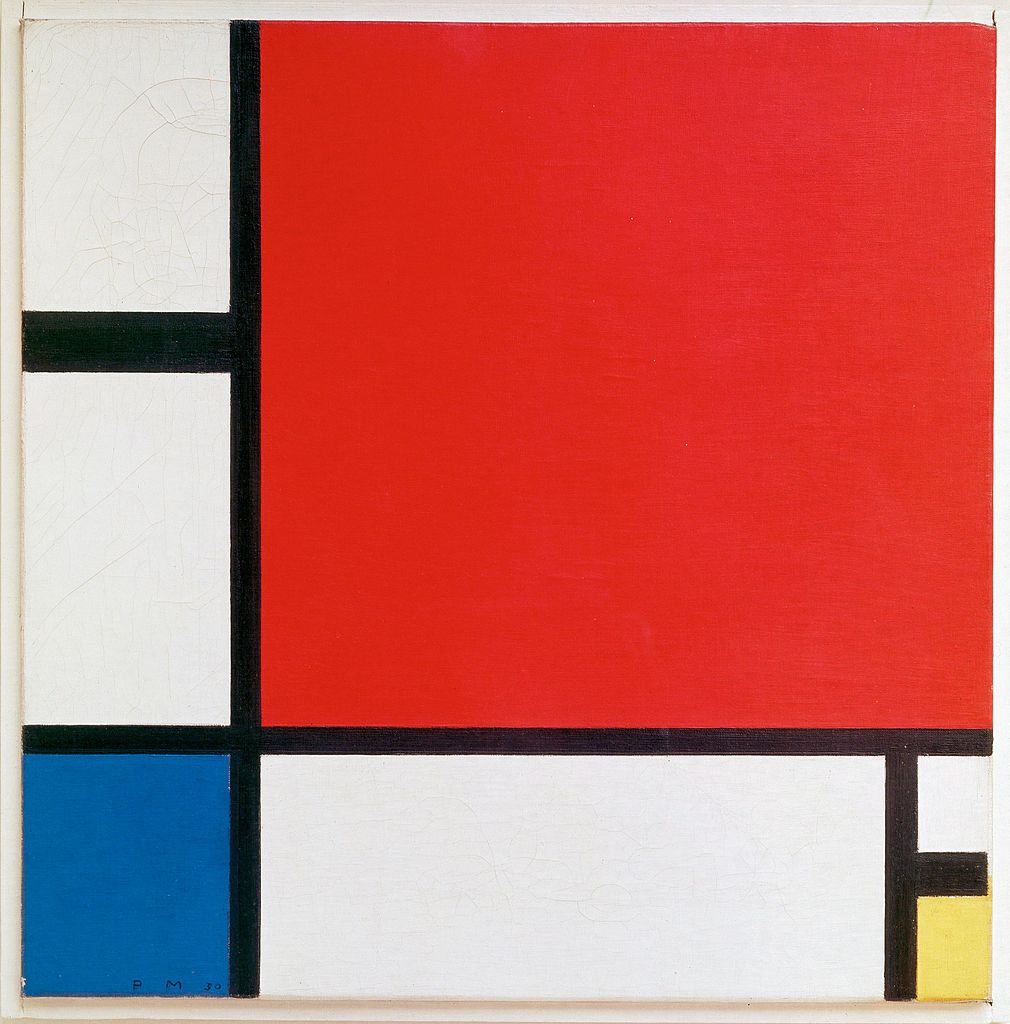

Piet Mondrian, Composition with Red, Blue, and Yellow, 1930, oil on canvas, 46 cm × 46 cm
“Vertical and horizontal lines are the expression of two opposing forces; they exist everywhere and dominate everything; their reciprocal action constitutes ‘life’.”
Piet Mondrian was one of most well-known leaders of abstract art in the 20th century. He co-founded the art movement De Stijl — “The Style” in Dutch — which, as defined by Mondrian, was art that “…will ignore the particulars [of] natural form and colour. On the contrary, it should find its expression in the abstraction of form and colour, that is to say, in the straight line and the clearly defined primary colour.” De Stijl focused on extreme simplicity and abstraction, only allowing use of vertical and horizontal lines, rectilinear shapes, and limited colors.
Mondrian’s work and philosophies influenced numerous modern art movements such as abstract expressionism and color field painting — and probably every other artist mentioned on this page.
“The machine, which is thought to be cold and inhuman, can help to realise what is most subjective, unattainable, and profound in a human being.”
— Vera Molnár
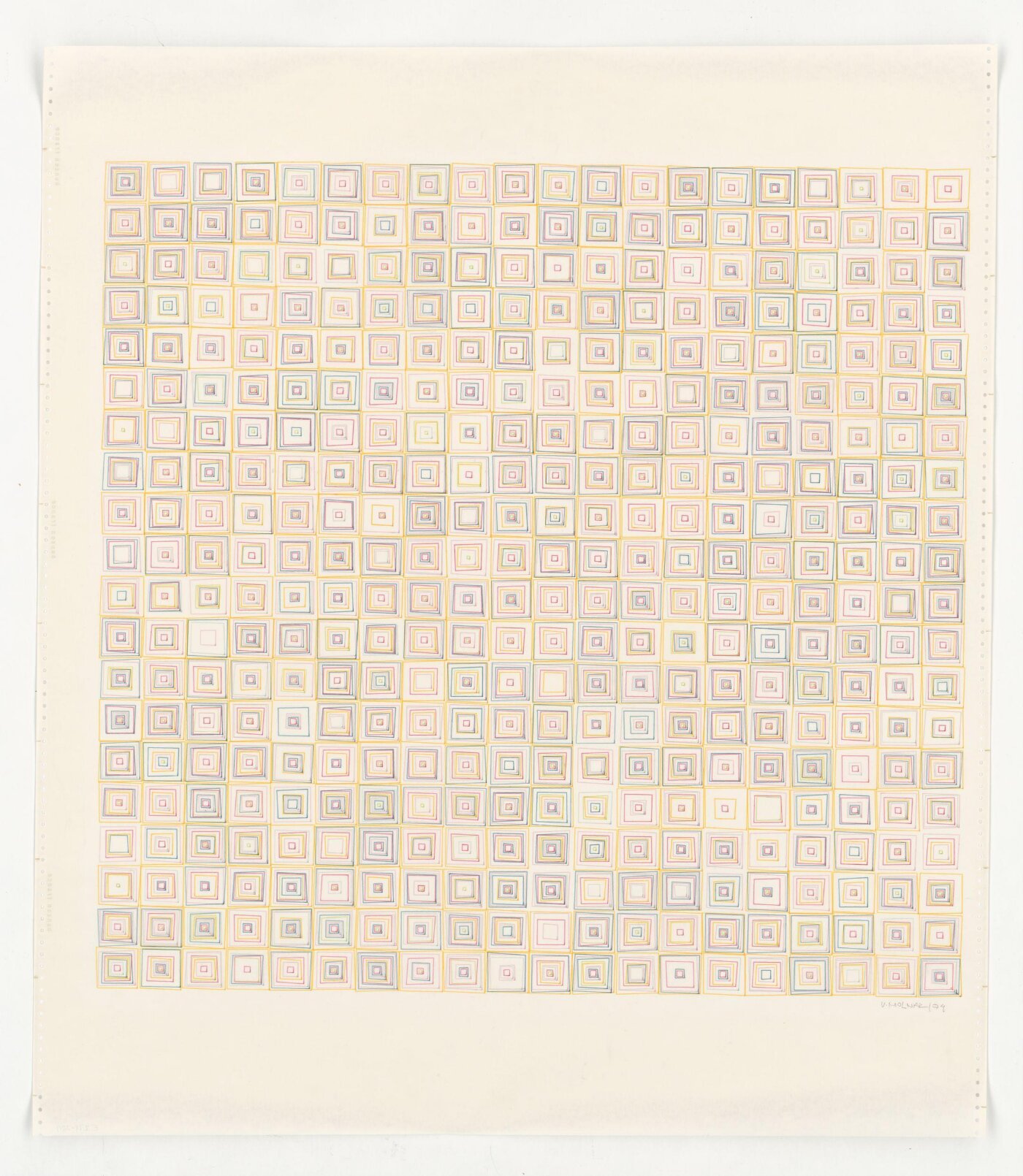

Vera Molnár, (Des)Ordres, 1974, plotter drawing, 28 cm × 21.8 cm
“If you replace the word ‘random’ with ‘intuition’, there you have it. With intuition, suddenly you say — now what if I used a curve instead of a straight line and what sort of a curve? And then you try it — that’s intuition. Randomness does the same thing.”
Vera Molnár was a pioneer in using randomness and computer programming to generatively create art. Abstract and geometric, Molnár's work used various systems of random determination to prescribe shapes and line qualities.
Molnár described her artistic technique as machine imaginaire: “I imagined I had a computer. I designed a programme and then, step by step, I realized simple, limited series which were completed within, meaning they did not exclude a single possible combination of form. As soon as possible I replaced the imaginary computer, the makebelieve machine, by a real one… This machine, as impressive as it may be, is after all merely a tool in the hand of the painter.”
“I don’t want to paint things like Picasso’s women and Matisse’s odalisques lying on couches with pillows. I don’t want to paint people. I want to paint something I have never seen before. I don’t want to make what I’m looking at. I want the fragments.”
— Ellsworth Kelly
“In my painting, the painting is the subject, rather than the subject the painting.”
Ellsworth Kelly is most known for his brightly colored, hard-edged minimalist paintings and collages. “My forms are geometric, but they don't interact in a geometric sense. They're just forms that exist everywhere, even if you don't see them."
Kelly also explored randomness in his work. For his series Spectrum Colors Arranged By Chance, he wrote numbers representing 18 colors on scraps of paper and chose them randomly through various means, such as drawing them out of a hat as he worked his way through a layout grid. "They were really an experiment. I wanted to show how any colour goes with any other colour."
“The value of art is in the observer. When you find out what you like, you’re really finding out about yourself.”
— Agnes Martin
“My paintings have neither object nor space nor line nor anything — no forms. They are light, lightness, about merging, about formlessness.”
Agnes Martin's minimalist paintings were heavily influenced by the teachings of Taoism and Zen Buddhism, and very likely by the landscapes and cultures around her home in remote New Mexico. Martin's early work focused on grids of lines, while her later work used faint colors to express a particular kind of simplicity, as an effort to rebuff busy materialism. As she wrote poetically:
“...painters can't give
Anything to the observer
People get what they need from a painting
The painter need not die because of responsibility
When you have inspiration and represent inspiration
The observer makes the painting."
“For me, abstraction is real, probably more real than nature. I’ll go further and say that abstraction is nearer my heart.”
— Josef Albers
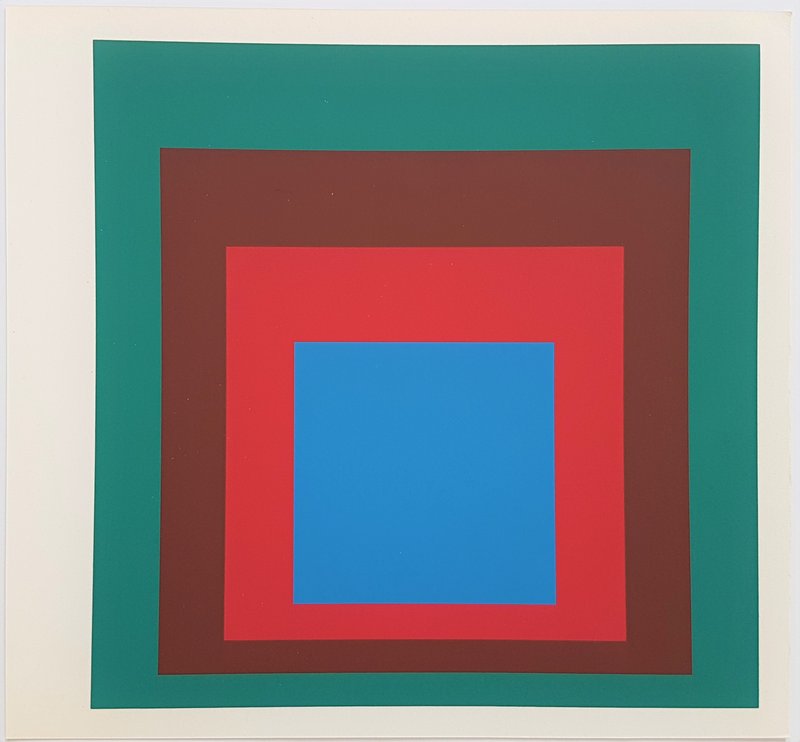

Josef Albers, Homage to the Square: Protected Blue, 1977, screenprint in brilliant colors on strong wove paper double folded, 22.5 cm × 22.5 cm
“Art is concerned with human behavior. And science is concerned with the behavior of metal or energy. It depends on what the fashion is. Now today it’s energy. It’s the same soul behind it.”
Josef Albers, one of the most influential visual artists of the last century, was a graphic designer, painter, sculptor, photographer, typographer, art professor, and more. He was particularly known for his approaches to, and teachings on, the use of color. “In visual perception a color is almost never seen as it really is — as it physically is. This fact makes color the most relative medium in art… In order to use color effectively, it is necessary to recognize that color deceives continually.”
